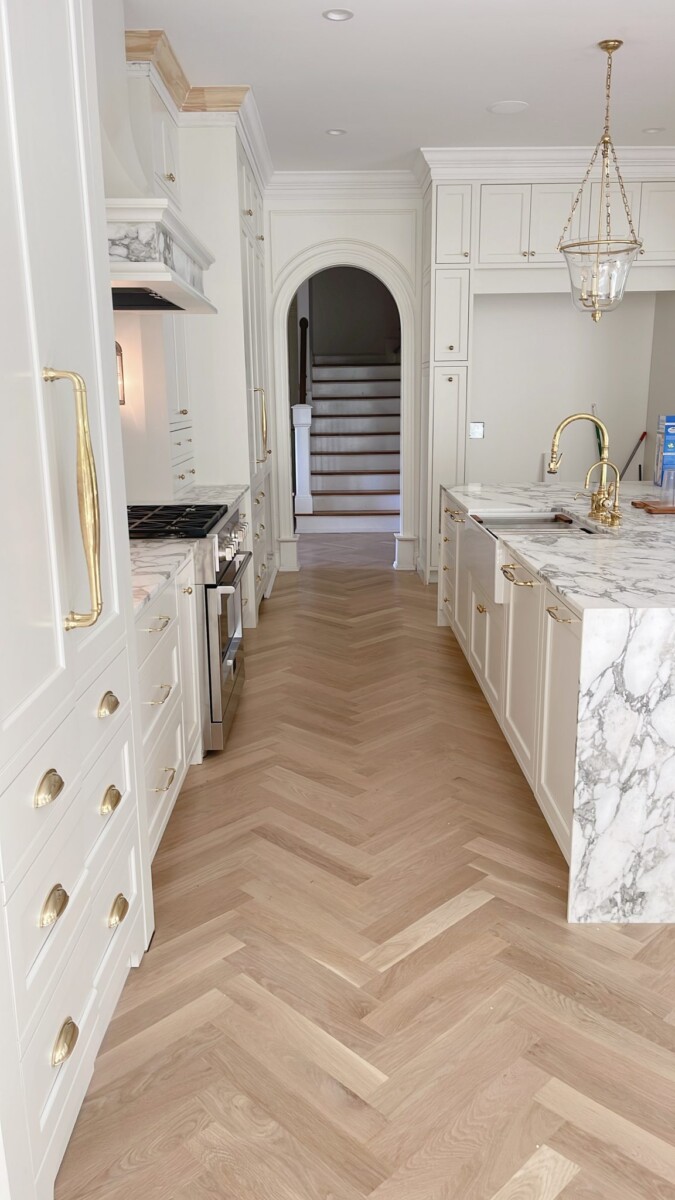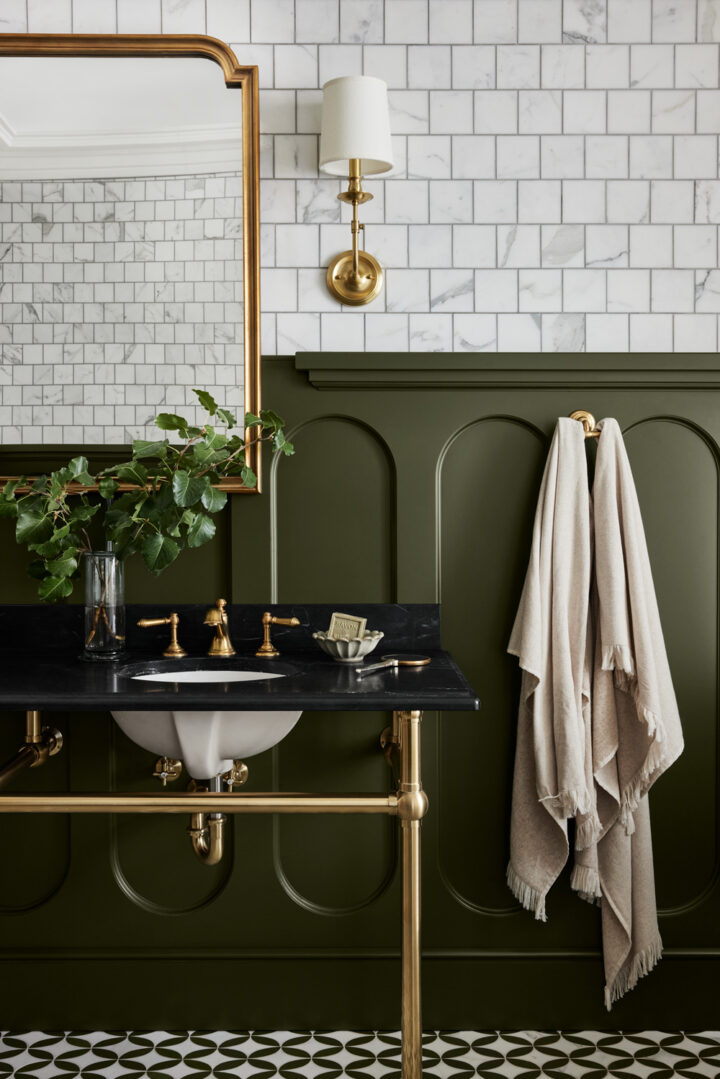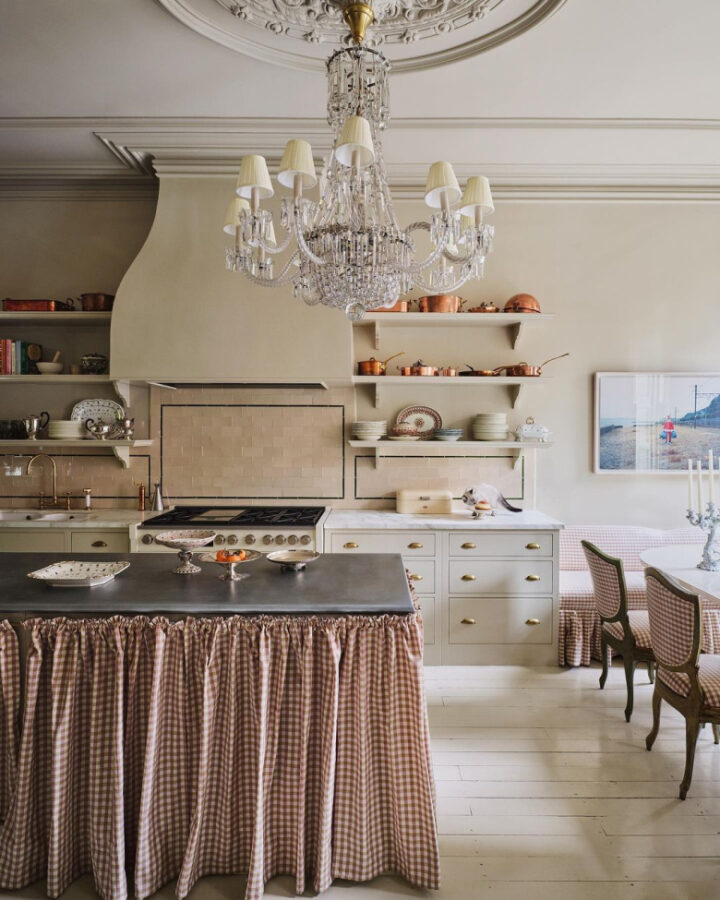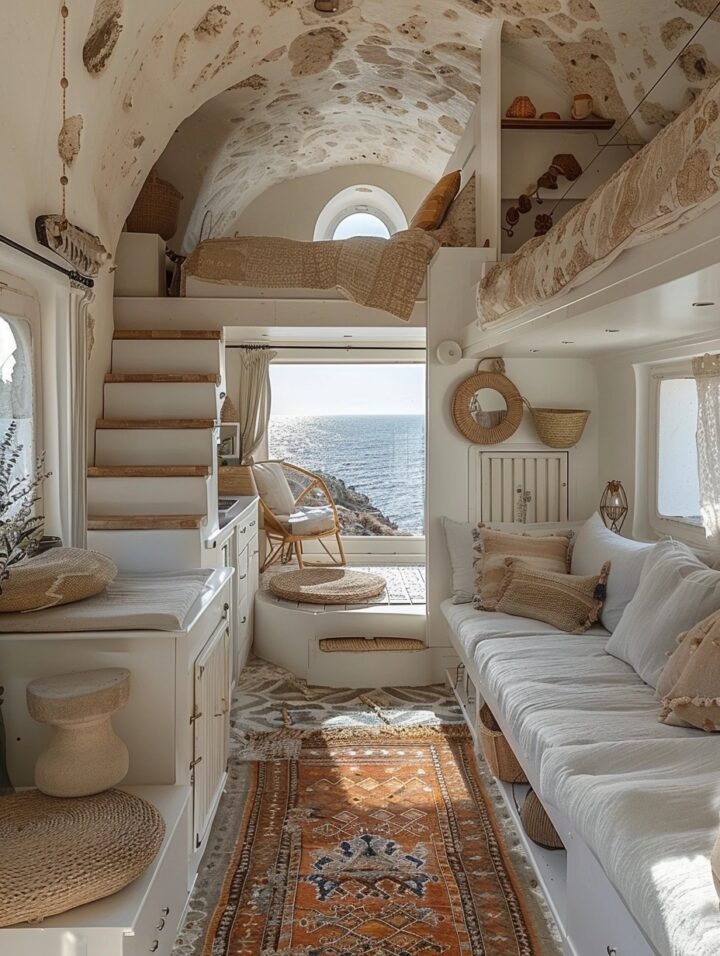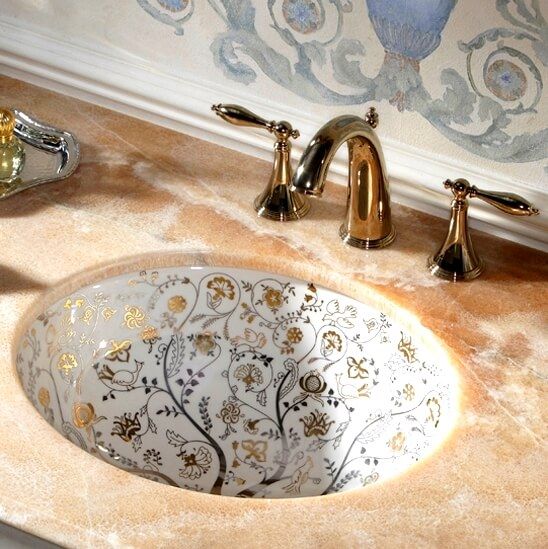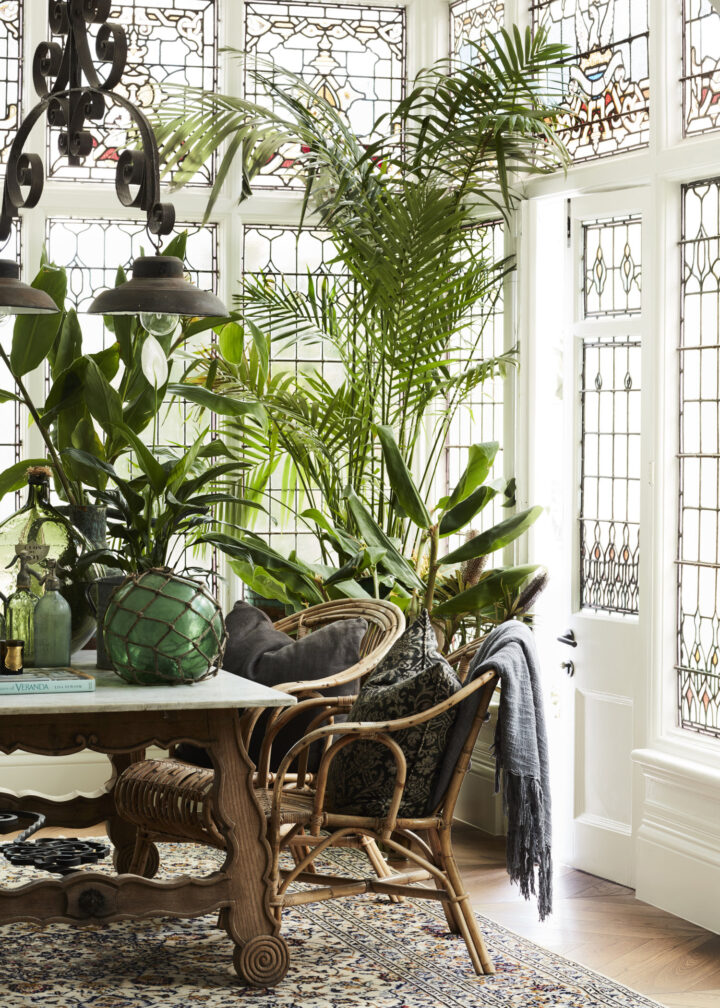When it comes to choosing the perfect wood flooring for your home, two popular options that often catch the eye are chevron and herringbone patterns. Both of these patterns have a long history and can bring a touch of elegance and luxury to any space. However, it’s important to understand the differences between chevron and herringbone wood flooring to make the right choice for your home. In this comprehensive guide, we will explore the distinctions between these two patterns, their installation methods, customization options, and their timeless appeal.
Image: Chrissy Marie Blog
Chevron vs. Herringbone Wood Flooring: Understanding the Differences and Making the Right Choice
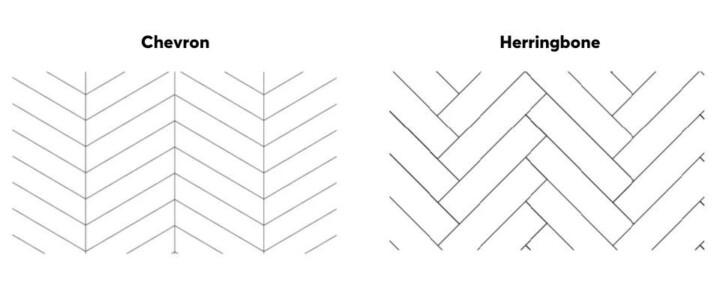
1. The Origins and History of Chevron and Herringbone Patterns
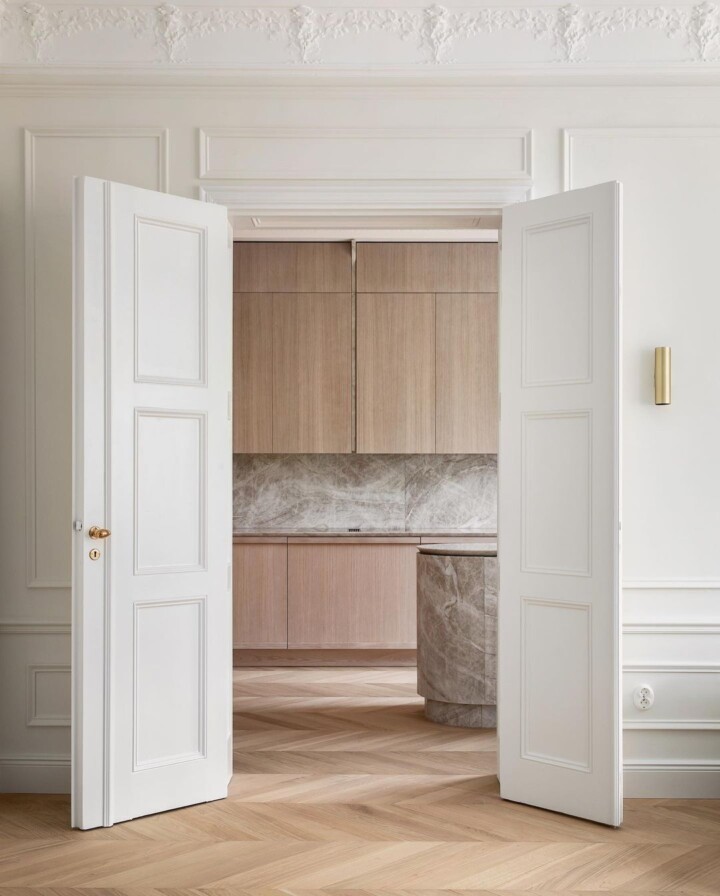

Both chevron and herringbone patterns have been around for centuries, adding beauty and sophistication to various architectural designs. The herringbone pattern, named after the skeletal structure of the herring fish, can be traced back to ancient Rome, where it was used in the construction of paved roads, textiles, and jewelry. The Chevron pattern, on the other hand, can be seen in ancient Greek pottery and has a rich history dating back to the Middle Ages in Europe.
2. Understanding the Differences in Patterns and Installation Methods
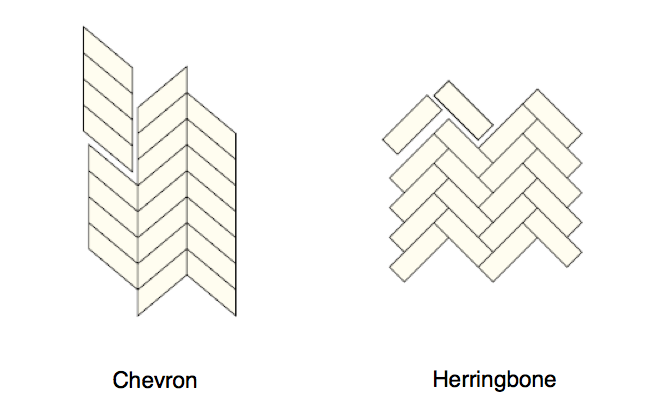
The key distinction between chevron and herringbone wood flooring lies in the way the planks are cut and installed. A herringbone floor is created by laying rectangular planks at a 90° angle to one another, forming a broken zigzag pattern. This pattern adds visual movement and can make smaller spaces appear larger. In contrast, a chevron pattern is created by cutting the ends of each board at an angle and fitting them together to form a continuous “V” shape. Chevron floors bring energy and a sense of luxury to a room, creating a visually striking effect.
3. Distinguishing Chevron and Herringbone Patterns
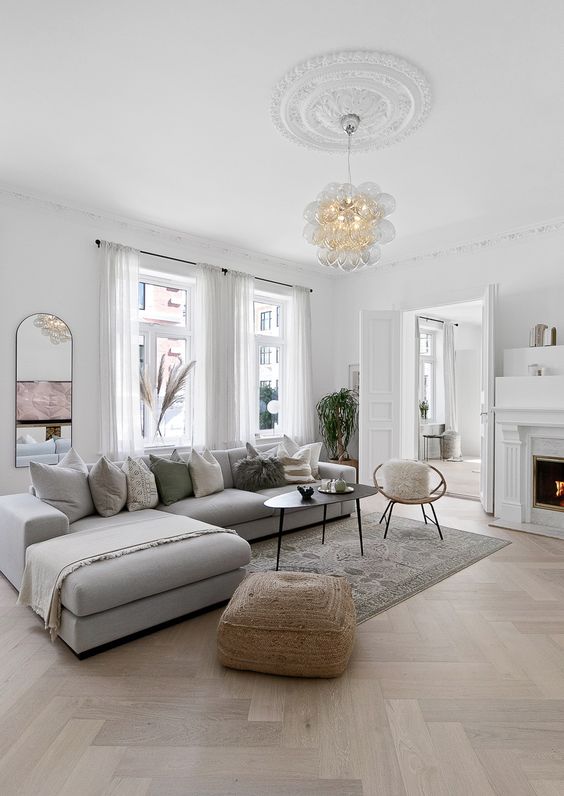
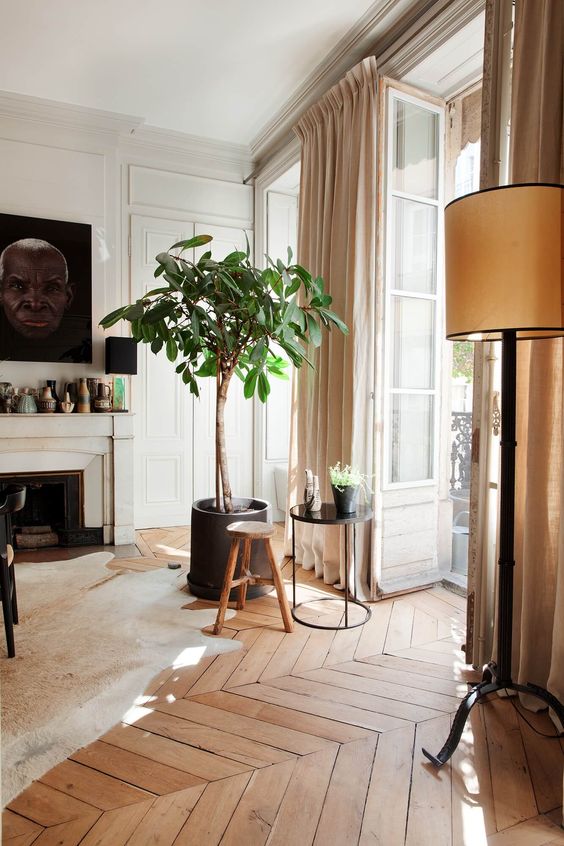
It’s essential to be able to distinguish between chevron and herringbone patterns when selecting the right wood flooring for your home. In herringbone floors, the rectangular planks are always laid out at an exact 90° angle from each other, creating a consistent and symmetrical pattern. On the other hand, chevron floors allow for more flexibility in the angle at which the planks are laid, resulting in a variety of design possibilities. The V shapes in a chevron floor are separated by straight lines that run the entire length of the surface.
4. Customizing Your Chevron and Herringbone Floors
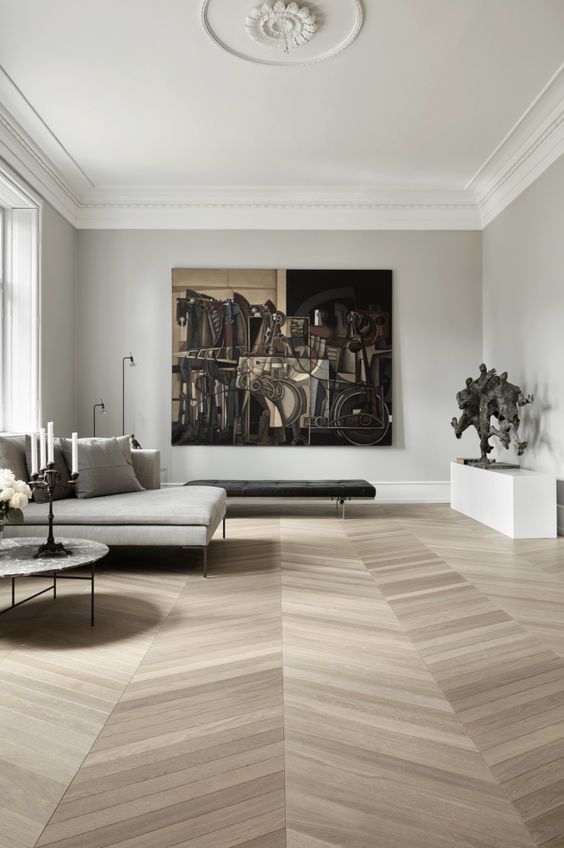
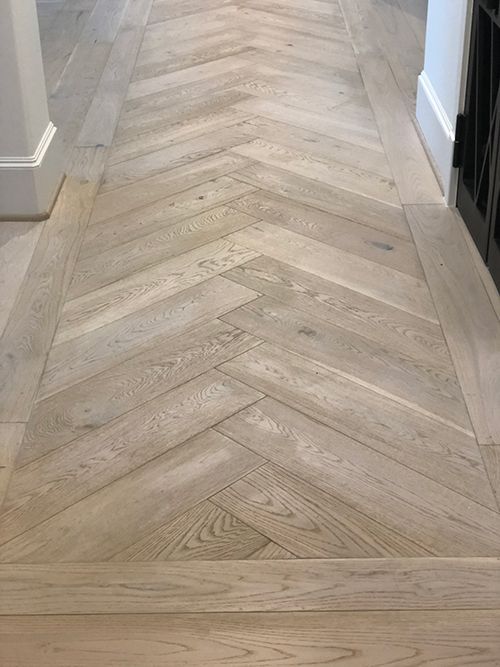
One of the advantages of both chevron and herringbone wood flooring is the ability to customize the patterns to suit your style and preferences. With herringbone floors, you can adjust the length and width of the floorboards to reveal more or less of the wood’s personality in each plank. Additionally, using planks with contrasting hues or stains can accentuate the pattern and add visual interest. Similarly, with chevron floors, you can experiment with different angles and use different colored planks or mixed hardwood flooring to create unique and eye-catching designs.
5. Installation Considerations and Cost Differences
Installing chevron and herringbone floors requires precision and expertise, making them slightly more expensive compared to other types of flooring. However, there can be variations in cost between chevron and herringbone floors. Chevron floors often require more cuts and greater precision in aligning the planks during installation, which can increase the overall cost. Additionally, the choice between solid hardwood and engineered hardwood floors can also affect the cost, with engineered floors being more suitable for locations with higher levels of moisture and humidity.
6. The Timeless Appeal of Herringbone Wood Flooring

Herringbone wood flooring has a timeless appeal and is often associated with tradition and heritage. This classic pattern adds a touch of elegance and warmth to any space, making it a popular choice for period properties or grand entranceways. The solid wooden planks in a herringbone floor push against each other, creating a more stable surface that is less prone to movement or expansion. Natural French Oak Herringbone Flooring, for example, offers a warm and inviting aesthetic that complements a variety of interior styles.
7. The Modern Look of Chevron Wood Flooring
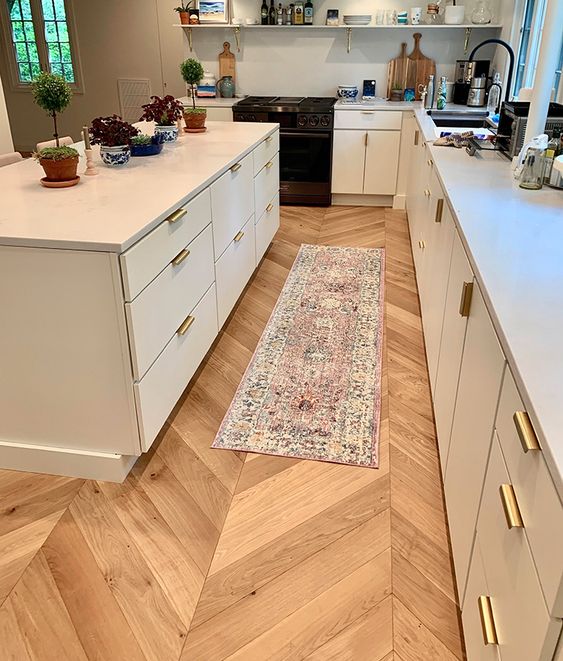
Chevron wood flooring, with its continuous zigzag pattern, offers a more modern and contemporary aesthetic. This pattern creates a sense of movement and energy in a room, making it a popular choice for high-end, modern homes. The angled cuts of the planks in a chevron floor form a distinct “V” shape, adding a unique visual element to the space. Scandinavian-style chevron wood floors, using light wood and larger planks, can create a clean and minimalist look, while a smoky style chevron wood floor can make a bold and striking statement.
8. The Versatility of Chevron and Herringbone Patterns
Both chevron and herringbone patterns offer versatility in terms of design and customization. Chevron floors can be complemented with chevron-patterned cushions, artwork, and lampshades, creating a cohesive and stylish look. Herringbone floors, on the other hand, can be installed parallel to the walls or in a diagonal manner, allowing for various design possibilities. The choice of colors, finishes, and plank sizes can also help create different effects and complement different interior styles.
9. Chevron and Herringbone: Timeless Trends
Both chevron and herringbone patterns continue to be timeless trends in wood flooring. These patterns offer a unique and eye-catching design that adds character and sophistication to any interior space. With the trend of adding bold and unique elements to home decor, chevron and herringbone patterns provide an opportunity to create a statement floor that stands out. From grand banqueting halls to modern homes, these patterns have stood the test of time and continue to be sought-after choices for homeowners.
10. Making Your Choice: Chevron or Herringbone?
Choosing between chevron and herringbone wood flooring ultimately comes down to personal preference and the style you want to achieve in your home. Consider factors such as the size of the room, the overall aesthetic you’re aiming for, and your budget. If you prefer a classic and traditional look, herringbone flooring may be the perfect choice. On the other hand, if you want a more modern and bold design, chevron flooring can add a contemporary touch to your space. Regardless of your choice, investing in quality hardwood and a finish that you love will ensure a stunning and long-lasting wood floor.
FAQs
Is Chevron or herringbone more modern?
Chevron flooring is generally considered to have a more modern and contemporary look compared to herringbone flooring. The continuous V-shaped pattern of chevron creates a sense of movement and energy in a room, making it a popular choice for high-end, modern homes. Herringbone flooring, on the other hand, has a timeless appeal and is often associated with tradition and heritage. So, if you want a more modern and bold design, chevron flooring can add a contemporary touch to your space.
Is Chevron or herringbone easier to install?
nstalling herringbone flooring tends to be slightly easier compared to chevron flooring. In herringbone flooring, rectangular planks are laid at a 90-degree angle to one another, forming a broken zigzag pattern. The consistency and symmetry of this pattern make it relatively straightforward to install. On the other hand, chevron flooring requires more precise cutting and alignment of the planks to create the continuous “V” shape. This precision and attention to detail can make the installation process for chevron flooring slightly more challenging.
Does herringbone or chevron make a room look bigger?
Herringbone flooring has the ability to make a room appear larger. The diagonal and staggered zigzag pattern of herringbone creates visual movement that can create an illusion of expansiveness. The pattern draws the eye along the length of the planks, giving the impression of a larger space. Chevron flooring, on the other hand, does not have the same effect of making a room look bigger, as the continuous V-shaped pattern does not have the same visual impact as the dynamic herringbone pattern.
What is more popular herringbone or Chevron?
Currently, chevron flooring is more popular than herringbone flooring. Chevron patterns have gained significant popularity in recent years due to their modern and sophisticated look, which has been embraced by interior designers and homeowners alike. The geometric and bold design of chevron flooring adds a unique visual element to a space. While herringbone flooring still maintains its timeless appeal and is a classic choice, the popularity of chevron patterns has surged in contemporary design trends.
Conclusion
In conclusion, chevron and herringbone wood flooring offer distinct patterns and styles that can elevate the look of any room. Understanding the differences between these two patterns, their installation methods, and customization options will help you make an informed decision. Whether you choose the timeless elegance of herringbone or the modern appeal of chevron, both patterns have a rich history and a lasting impact on interior design. So, take your time, explore the possibilities, and choose the wood flooring that best reflects your personal style and enhances the beauty of your home.

